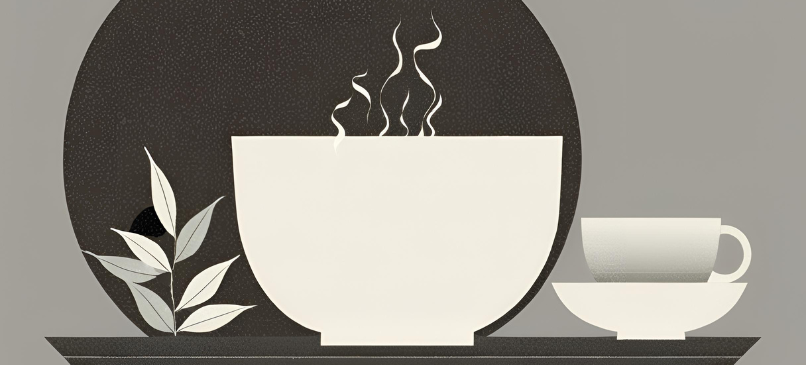

Comments are closed
This website uses cookies to improve your experience.
By using this website you agree to our Privacy Policy.
By using this website you agree to our Privacy Policy.
Ok, I am ready

Tea is a way of life, reflecting the calm and richness of everyday experiences. Different seasons and times call for different teas, much like the varied moments in life. On this International Tea Day, we are going to introduce to you a Quick Guide to Chinese Tea with the basics you need to know in one piece.
The practice of drinking tea has a long history in China, having originated there. Since the Tang dynasty, Chinese tea generally represents tea leaves which have been processed using methods inherited from ancient China.
Traditional Chinese tea is categorized into six types based on the degree of fermentation: green, white, yellow, oolong, black, and dark (post-fermented). There’s also scented tea, a reprocessed tea made from green, black, or oolong tea with fragrant flowers, leaves and fruits.
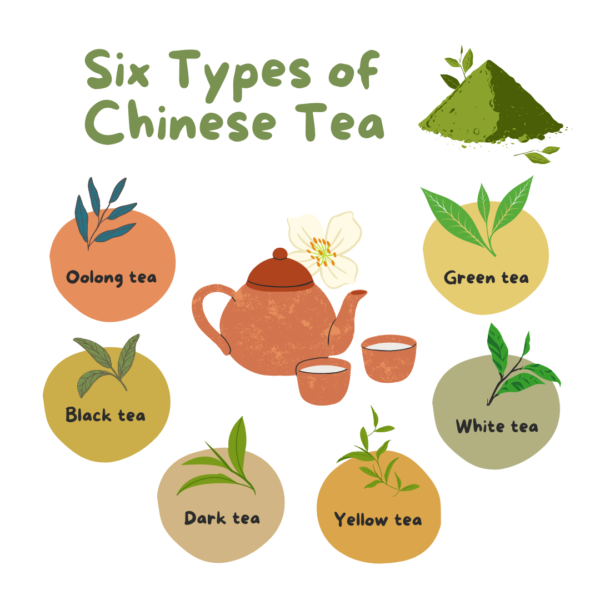
Fermentation affects both the taste and the health benefits of the tea. Tea with a higher level of fermentation has a milder nature. For example, highly fermented teas such as black tea and dark tea are suitable for people with sensitive stomachs; while lightly fermented or non-fermented teas such as green tea have a slightly cold nature, good for reducing heat and dryness but should be consumed in moderation by those with sensitive digestive systems.
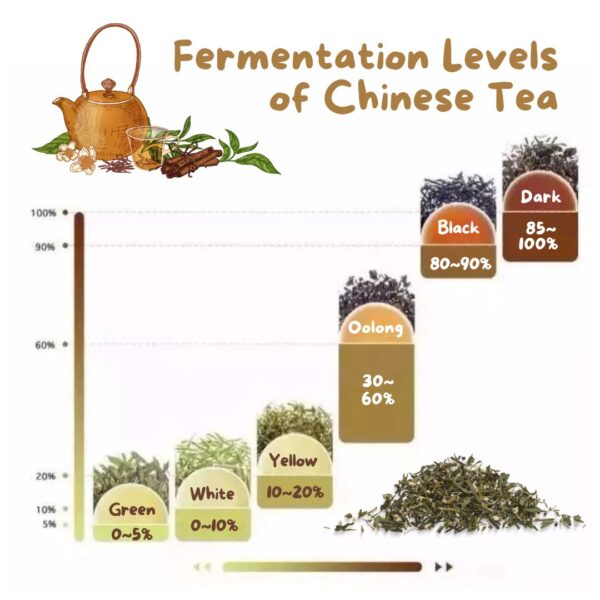
Appearance: Green leaves and clear broth.
Characteristics: Zero fermentation, has the most tea polyphenols. Slightly cold in nature, slightly bitter, with a sweet aftertaste. Clears away heat, removes dryness, and refreshes the mind. Consume with moderation for those with sensitive stomachs.
Storage: Refrigerated
Appearance: Light broth with a subtle hint of green
Characteristics: Mild fermentation, rich in tea polysaccharides, tastes light and sweet, helps reduce blood sugar.
Storage: Sealed at room temperature, refrigerated if stored long-term
Appearance: Yellow tea leaves and golden bright soup
Characteristics: Light fermentation, rich in tea polyphenols and caffeine, sweet and refreshing aroma, helps with digestion, exclusively consumed in China.
Storage: Refrigerated
Appearance: Green and golden leaves
Characteristics: Semi-fermented, combines qualities of green tea and black tea, lowers blood lipids and cholesterol, helps with high blood pressure, but should avoid being consumed on an empty stomach.
Storage: Sealed at room temperature, refrigerated if stored long-term
Appearance: Highly fragrant red leaves, dark and robust soup with a strong aroma.
Characteristics: Fully fermented, sweet, mild and non-irritating, suitable for sensitive stomachs.
Storage: Sealed at room temperature, avoid moisture.
Appearance: Thick, dark brown leaves
Characteristics: Post-fermentation, rich and aromatic, improves intestinal environment and regulates fat metabolism.
Storage: Sealed at room temperature, cool, ventilated and avoid direct sunlight
Composition: Uses green, black, or oolong tea as the base, combined with fragrant flowers, leaves, or fruits.
Characteristics: Made using scenting technology to achieve strong fragrance.
Storage: Sealed at room temperature, dry, cool and odor-free.
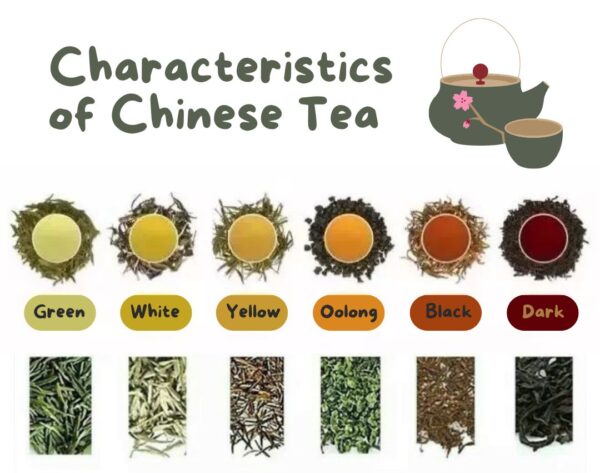
Tea should be brewed according to its nature to maximize flavor, aroma, and color.
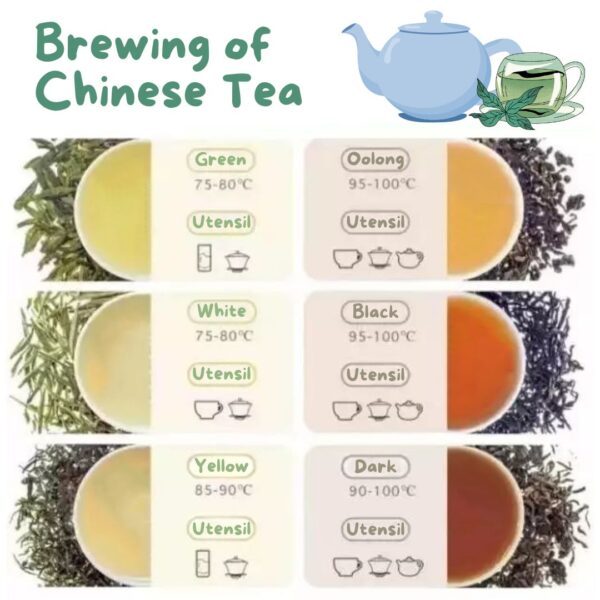
Understanding tea is not crucial; enjoying it is. Drinking tea should be about relaxation and pleasure, not expertise. The key is to drink tea daily, appreciating the leisure it brings. It doesn’t matter whether you understand tea or not; what matters is drinking it. And it doesn’t matter what kind of tea you drink, the one that suits you the most is the best. Once you get a type of tea, try it in different ways to become a master of making tea.
Comments are closed
Wuyi UNESCO World Heritage Site
email@chamulan.com